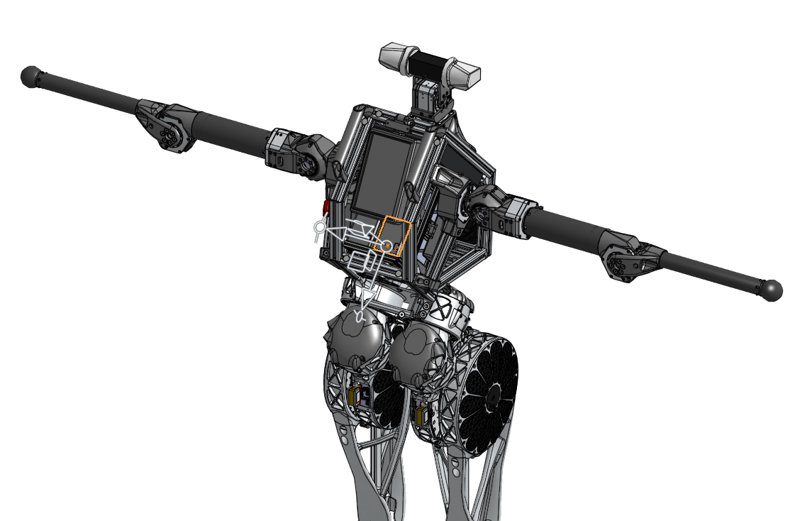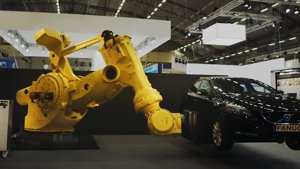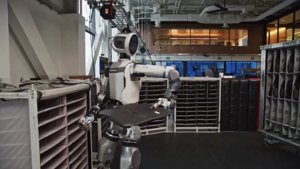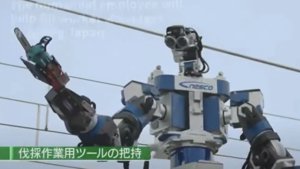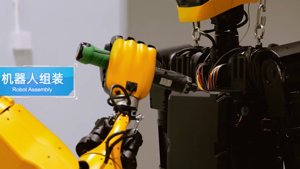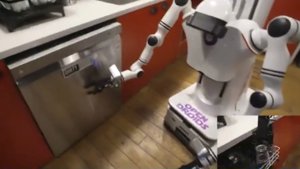Just when you thought your weekend project list was finally getting manageable, the University of California, Los Angeles (UCLA) has decided to kick it up a notch. The renowned Robotics and Mechanisms Laboratory (RoMeLa) has just open-sourced the blueprints for ARTEMIS, its full-sized, soccer-playing humanoid robot. So, go ahead and clear some space in the garage; the era of the Build-Your-Own-Humanoid (BYOH) movement has officially, and perhaps terrifyingly, begun.
For those not yet acquainted with ARTEMIS, this isn’t your average tin can on legs. Standing a respectable 4 feet, 8 inches tall and weighing in at a svelte 85 pounds, ARTEMIS is a veritable marvel of dynamic locomotion. During rigorous lab tests, it clocked an astonishing walking speed of 2.1 meters per second, securing its title as the world’s fastest walking humanoid robot at the time of its grand debut. More impressively, it was the first humanoid from an academic lab—and only the third ever, mind you—capable of breaking into a full-on run, meaning it can achieve that glorious, gravity-defying flight phase with both feet off the ground.
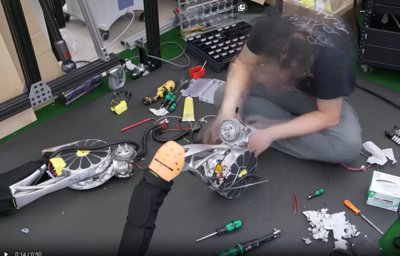
This is the very same bipedal bot that has been put through its paces on the notoriously uneven grounds of the UCLA campus and competed with distinction in the international RoboCup soccer tournament—a proving ground for autonomous robots with the rather audacious goal of beating a human World Cup team by 2050.
The Secret Sauce: Electric Muscles and Fancy Footwork
So, what exactly lends ARTEMIS its remarkable nimbleness? The innovation, dear reader, lies deep within its actuators—those clever components that convert energy into graceful motion. Instead of the rigid, position-controlled motors we’ve grown accustomed to in most robots, ARTEMIS employs custom-designed “proprioceptive actuators.” In terms even a seasoned armchair engineer can grasp, these actuators are force-controlled and delightfully springy, engineered to mimic the behaviour of biological muscles. This ingenious design allows the robot to “feel” the ground beneath its metallic feet and sense its own movements, granting it superior balance and the crucial ability to absorb impacts—a non-negotiable trait for navigating rough terrain or, heaven forbid, getting a friendly shove mid-match.
This bio-inspired design marks a significant departure from the noisy, notoriously leak-prone hydraulic systems favoured by some of its more famous, albeit slightly messier, cousins. ARTEMIS is 100% electrically actuated, making it both quieter and considerably more efficient. The cumulative result is a robot that can not only walk and run but can do so with an almost unnerving grace, as beautifully demonstrated by its stellar performance on the soccer pitch.
“That is the key behind its excellent balance while walking on uneven terrain and its ability to run,” declared Dennis Hong, a UCLA professor and the esteemed director of RoMeLa. “This is a first-of-its-kind robot.”
And lest you dismiss this as mere academic theory, allow us to present ARTEMIS in glorious action at RoboCup, putting its impressive 20 degrees of freedom to work.
Open Source, Some Assembly Required
In a move that sends a powerful, perhaps even slightly cheeky, message to the more secretive corners of the robotics industry, RoMeLa has laid all its cards on the table. This open-source release isn’t merely a dry whitepaper; it’s a comprehensive, generously provided toolkit for aspiring roboticists everywhere. The complete ARTEMIS project is available at artemis.romela.org.
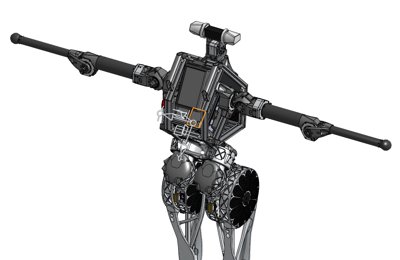
The repository provides unfettered access to a veritable treasure trove of essential engineering data, including:
- Full CAD models (conveniently available on OnShape)
- Detailed designs for the Motor Driver
- Precise specifications for the USB Adapter, E-Stop, BMS, and Charger
- The robot’s URDF (Unified Robot Description Format) model, perfect for all your simulation needs
This monumental release effectively furnishes a foundational platform for any university or even a particularly well-funded hobbyist to embark on the ambitious journey of building their own advanced humanoid. While the software and controllers are tantalisingly noted as a future release, the sheer wealth of hardware information alone represents a monumental head start, democratising research that has, until now, remained the exclusive domain of a select few corporate and academic giants.
A Kick in the Right Direction
By open-sourcing ARTEMIS, UCLA and RoMeLa are doing far more than simply sharing a rather cool project; they are actively accelerating the entire field. This allows researchers the world over to build upon a proven, high-performance platform, effectively saving years of foundational work that would otherwise be duplicated. It’s a direct, refreshing challenge to the prevalent walled-garden approach and a resounding testament to the transformative power of academic collaboration.
While it’s highly improbable you’ll be assembling an ARTEMIS in your living room this upcoming weekend, this release undeniably signals a major shift. The future of robotics may not be forged in hushed, secret labs after all, but rather in shared repositories and vibrant, collaborative communities. The age of the BYOH is unequivocally here, and it’s kicking off with a world-class, soccer-playing robot. Your move, everyone else.
